Bryce Canyon National Park, a mesmerizing natural amphitheater carved into the Paunsaugunt Plateau in southern Utah, is a destination that truly feels otherworldly. Unlike its neighboring parks, Bryce Canyon isn’t actually a canyon in the traditional sense. Instead, it’s a collection of giant natural amphitheaters along the edge of the plateau, filled with vibrant orange, pink, and white spire-shaped rock formations called hoodoos. These unique geological wonders create a landscape that feels like stepping onto another planet, making Bryce Canyon a must-visit for any nature lover or adventure seeker. Whether you have just a single day or more to explore, Bryce Canyon offers an unforgettable experience.
Planning Your Perfect Day Trip
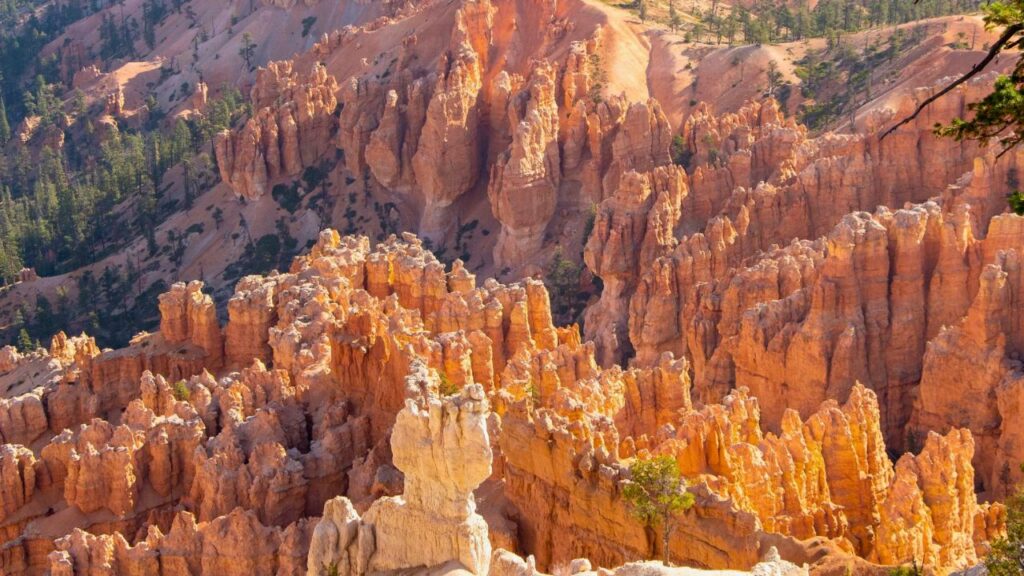
Embarking on a one-day adventure to Bryce Canyon requires a bit of planning to make the most of your time. Given the park’s popularity, especially during peak season, arriving early is highly recommended. This not only helps you beat the crowds but also offers the magical opportunity to witness the sunrise painting the hoodoos in breathtaking hues.
Getting There and Around
Bryce Canyon National Park is accessible via Utah Scenic Byway 12, a stunning drive in itself. Once inside the park, the main viewpoints and trailheads are conveniently located along the 18-mile Bryce Canyon Scenic Drive. During busier times, especially from late spring to early fall, the park offers a free shuttle service that stops at key points of interest, making it easy to navigate without the hassle of finding parking. Consider utilizing the shuttle, particularly if you plan on hiking or visiting multiple viewpoints.
When to Visit
The best time to visit Bryce Canyon largely depends on your preferences.
Spring (April-May): Wildflowers begin to bloom, and the temperatures are generally mild, making it ideal for hiking. However, be prepared for potential rain and cooler evenings.
Summer (June-August): This is the peak season with the warmest temperatures. Expect larger crowds and plan accordingly by starting your day early. The free park shuttle is essential during this time.
Fall (September-October): The fall foliage adds another layer of beauty to the already stunning landscape. Temperatures are cooler and crowds begin to thin out, making it a fantastic time to visit. I remember visiting in late September, and the crisp air and golden hues against the red rocks were simply magical.
Winter (November-March): Bryce Canyon transforms into a winter wonderland with snow dusting the hoodoos. While some trails may be closed due to snow and ice, the park offers a unique and serene experience. Be sure to check road conditions and be prepared for cold temperatures.
Must-See Viewpoints: A Visual Feast
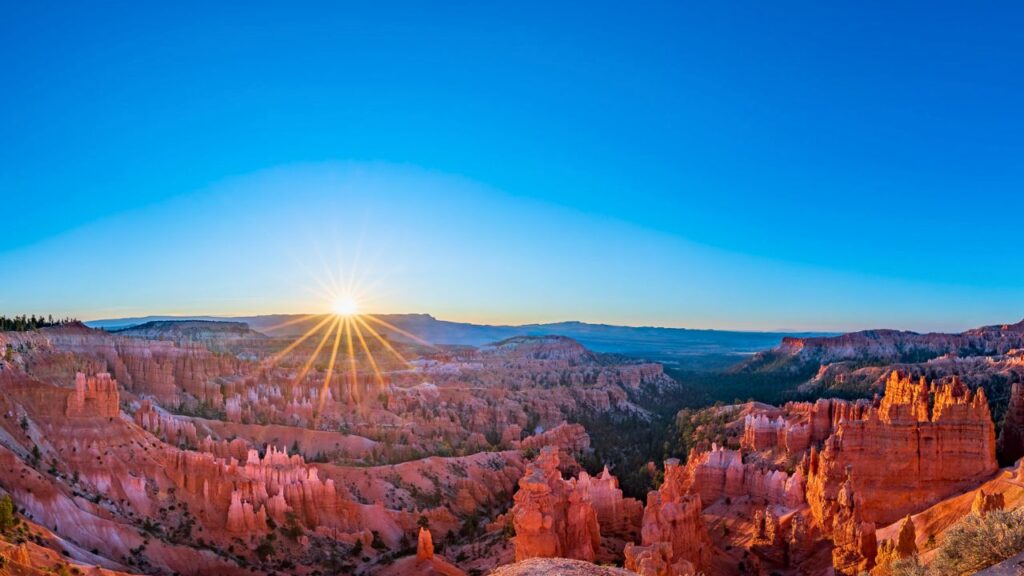
Bryce Canyon is renowned for its panoramic viewpoints that offer different perspectives of the vast amphitheaters filled with hoodoos. Even with just one day, you can hit several key viewpoints to truly appreciate the park’s grandeur.
| Viewpoint | What to Expect |
| Sunrise Point | As the name suggests, this is a prime spot to witness the sunrise. The views of the main amphitheater are spectacular as the first light hits the hoodoos. |
| Sunset Point | Another iconic viewpoint, offering stunning vistas of the hoodoos, especially during sunset when they glow with warm colors. It’s also the starting point for the popular Navajo Loop and Queen’s Garden Trail. |
| Inspiration Point | Provides a more expansive and higher-elevation view of the main amphitheater. You can see the hoodoos stretching out in seemingly endless rows. |
| Bryce Point | Located at the southern end of the main amphitheater, Bryce Point offers arguably the most iconic and panoramic views of the entire canyon. The sheer scale of the hoodoos from this vantage point is truly breathtaking. |
| Paria View | Situated further along the scenic drive, this viewpoint offers a different perspective, looking out towards the Paria River Valley and the distant landscape. |
| Rainbow Point | The southernmost viewpoint on the scenic drive, offering sweeping views of the entire park and beyond on a clear day. It’s also the starting point for the Bristlecone Loop Trail. |
| Natural Bridge | An impressive natural arch carved into the canyon wall. While not as intricate as the hoodoos, it’s a striking geological formation worth seeing. |
Hiking Through the Hoodoos: An Immersive Experience
While the viewpoints offer incredible vistas, truly immersing yourself in the beauty of Bryce Canyon requires venturing down into the amphitheater on one of its many trails. Even a short hike will allow you to get up close and personal with the hoodoos and experience their unique shapes and colors from a different perspective.
Recommended Hikes for a Day Trip:
Navajo Loop and Queen’s Garden Trail (2.9 miles, moderate):
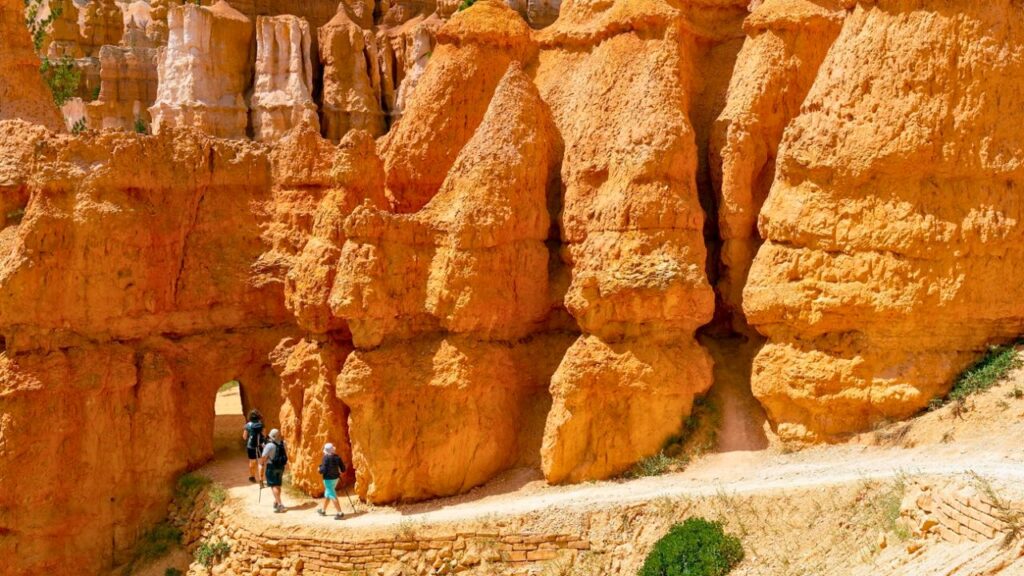
This is arguably the most popular and iconic hike in Bryce Canyon, and for good reason. Starting from Sunset Point, you’ll descend into the canyon via switchbacks on the Navajo Loop, passing the famous Thor’s Hammer and Wall Street (a slot canyon section). The trail then connects to the Queen’s Garden Trail, leading you through a whimsical landscape of hoodoos, including the Queen Victoria formation. This loop offers a fantastic taste of the canyon’s beauty and is manageable for most fitness levels. I vividly remember the feeling of awe as I walked through Wall Street, the towering rock walls dwarfing me on either side.
Rim Trail (various sections, easy to moderate):
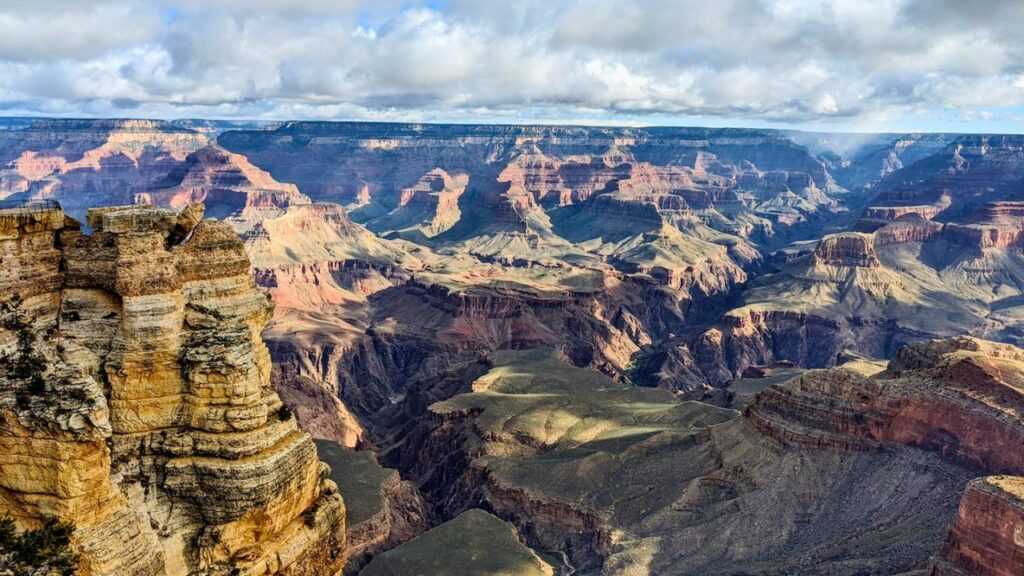
The Rim Trail runs along the edge of the canyon rim, connecting many of the major viewpoints. You can hike sections of this trail to enjoy different perspectives without a significant descent. The section between Sunset Point and Sunrise Point is paved and relatively flat, making it accessible for most visitors.
Bristlecone Loop Trail (1 mile, easy):
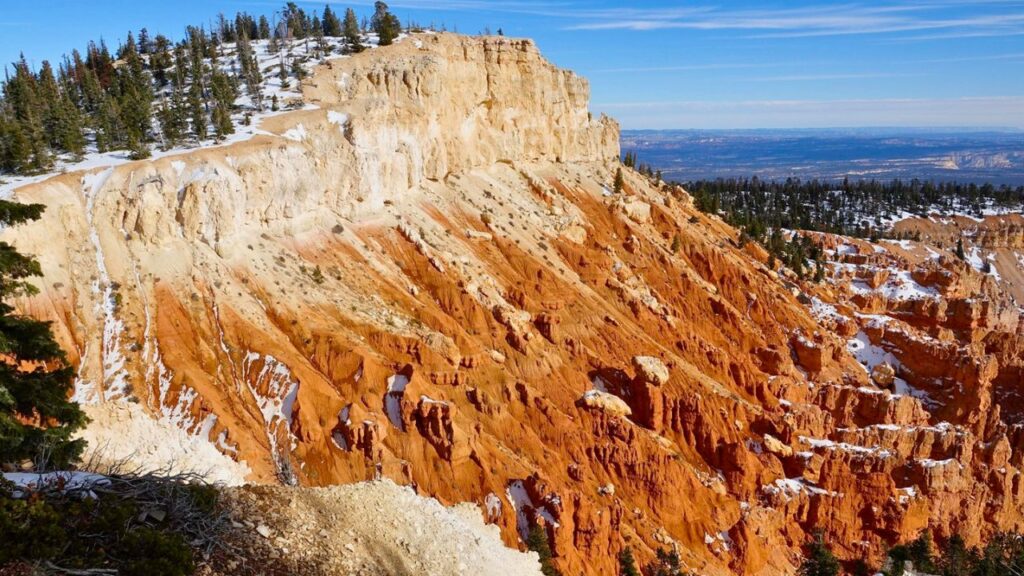
Located at Rainbow Point, this short loop trail takes you through a forest of ancient bristlecone pine trees, some of the oldest living organisms on Earth. It offers a different kind of beauty compared to the hoodoos and provides stunning views into the canyon.
Mossy Cave Trail (0.8 miles, easy):
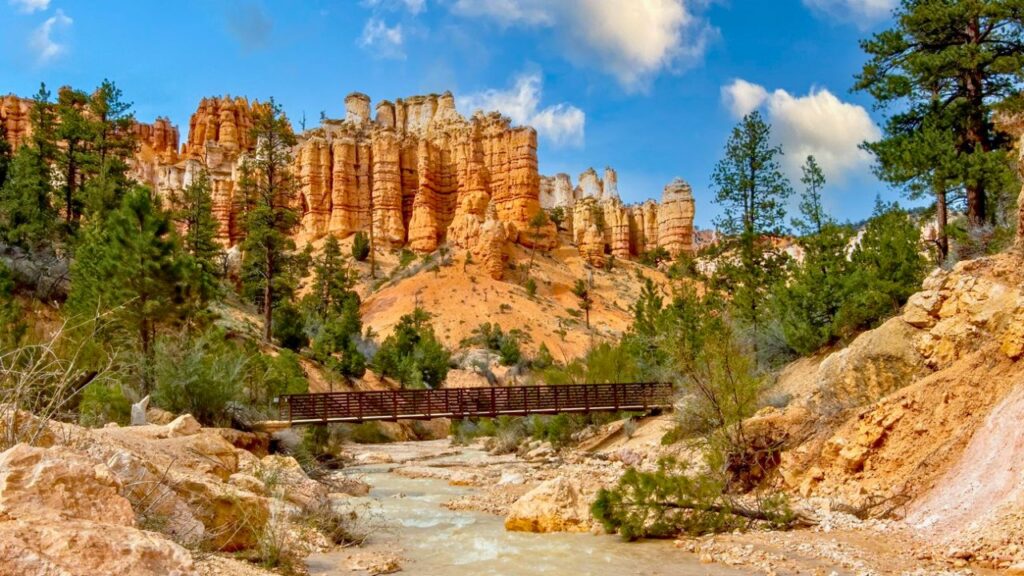
Located outside the main section of the park along Highway 12, this short and sweet trail leads to a picturesque mossy grotto and a small waterfall. It’s a great option if you have some extra time or want to explore a less crowded area.
Tips for Hiking in Bryce Canyon:
- Wear sturdy hiking shoes: The trails can be uneven and rocky.
- Bring plenty of water: Especially during warmer months, staying hydrated is crucial.
- Sun protection: The high elevation and exposed terrain mean intense sun. Wear sunscreen, a hat, and sunglasses.
- Check trail conditions: Some trails may be closed or have restrictions depending on the season and weather.
- Be aware of elevation: Bryce Canyon sits at a high elevation (around 8,000-9,000 feet). Take it easy, especially on your first day, and be mindful of potential altitude sickness.
Crafting Your One-Day Itinerary: A Sample Plan
To help you make the most of your single day in Bryce Canyon, here’s a sample itinerary that combines key viewpoints and a memorable hike:
Morning (Early Start):
- Arrive before sunrise: Head straight to Sunrise Point to witness the magical spectacle of the sun illuminating the hoodoos.
- Hike the Navajo Loop and Queen’s Garden Trail: After sunrise, descend into the canyon from Sunset Point and enjoy this iconic loop hike. Allow approximately 2-3 hours, depending on your pace and how many photos you stop to take (and trust me, you’ll take many!).
Midday:
- Lunch: Enjoy a picnic lunch at one of the scenic viewpoints or grab a bite at the Bryce Canyon Lodge.
- Explore Inspiration Point: Drive or take the shuttle to Inspiration Point for a different perspective of the main amphitheater. Take some time to soak in the panoramic views.
Afternoon:
- Scenic Drive and Viewpoints: Embark on the Bryce Canyon Scenic Drive, stopping at viewpoints like Bryce Point, Paria View, and Natural Bridge. Each offers a unique vantage point and photo opportunity. I remember being particularly struck by the sheer vastness visible from Bryce Point – it felt like the hoodoos stretched on forever.
- Optional Short Hike: If you have time and energy, consider a short walk along a section of the Rim Trail or the easy Bristlecone Loop Trail at Rainbow Point.
Evening:
- Sunset at Sunset Point: As your day winds down, head back to Sunset Point to witness the hoodoos bathed in the warm glow of the setting sun. The colors become even more vibrant and the shadows lengthen, creating a truly unforgettable scene.
- Stargazing (Optional): Bryce Canyon is renowned for its incredibly dark night skies, making it a fantastic place for stargazing. If you’re staying overnight or are willing to linger after sunset, be sure to look up and marvel at the Milky Way.
Essential Tips for Your Visit
To ensure a smooth and enjoyable experience in Bryce Canyon, keep these tips in mind:
- Start early: Beat the crowds and the heat, especially during summer.
- Stay hydrated: Carry plenty of water, especially if you plan on hiking.
- Wear layers: Temperatures can fluctuate throughout the day, especially with the high elevation.
- Sun protection is key: Wear sunscreen, a hat, and sunglasses.
- Utilize the free park shuttle: It can save you time and the hassle of finding parking during peak season.
- Check the weather forecast: Be prepared for potential changes in weather, especially thunderstorms during the summer months.
- Leave no trace: Pack out everything you pack in and stay on marked trails to protect the fragile environment.
- Visit the Visitor Center: It’s a great place to get information about the park, trail conditions, ranger programs, and exhibits.
Beyond the Hoodoos: Other Activities
While the hoodoos are the main attraction, Bryce Canyon offers other activities to enhance your visit:
- Ranger Programs: Participate in ranger-led talks and walks to learn more about the park’s geology, ecology, and history.
- Astronomy Programs: Bryce Canyon’s dark skies make it an ideal location for astronomy viewing. Check the park’s schedule for star parties and night sky programs.
- Horseback Riding: Explore the canyon from a different perspective on a guided horseback ride.
- Photography: Bryce Canyon is a photographer’s paradise. Capture the stunning landscapes at different times of day for unique shots.
A Lasting Impression
A day trip to Bryce Canyon National Park is an adventure that will leave you in awe of the power and artistry of nature. From the moment you first gaze upon the amphitheaters filled with their whimsical hoodoos to the feeling of accomplishment after hiking among these geological giants, Bryce Canyon offers an experience unlike any other. It’s a place that stays with you long after you’ve left, a reminder of the incredible beauty that our planet holds. So, pack your bags, lace up your hiking boots, and prepare to be mesmerized by the magic of Bryce Canyon.
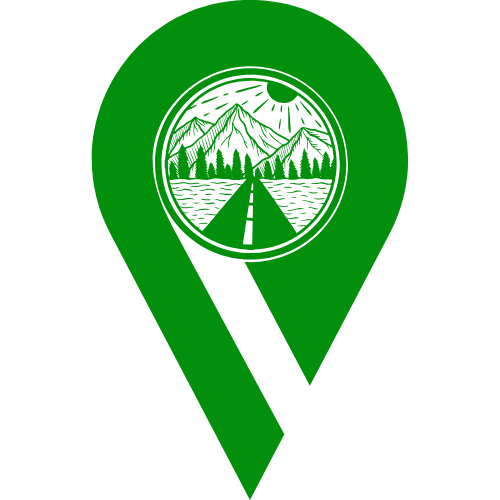
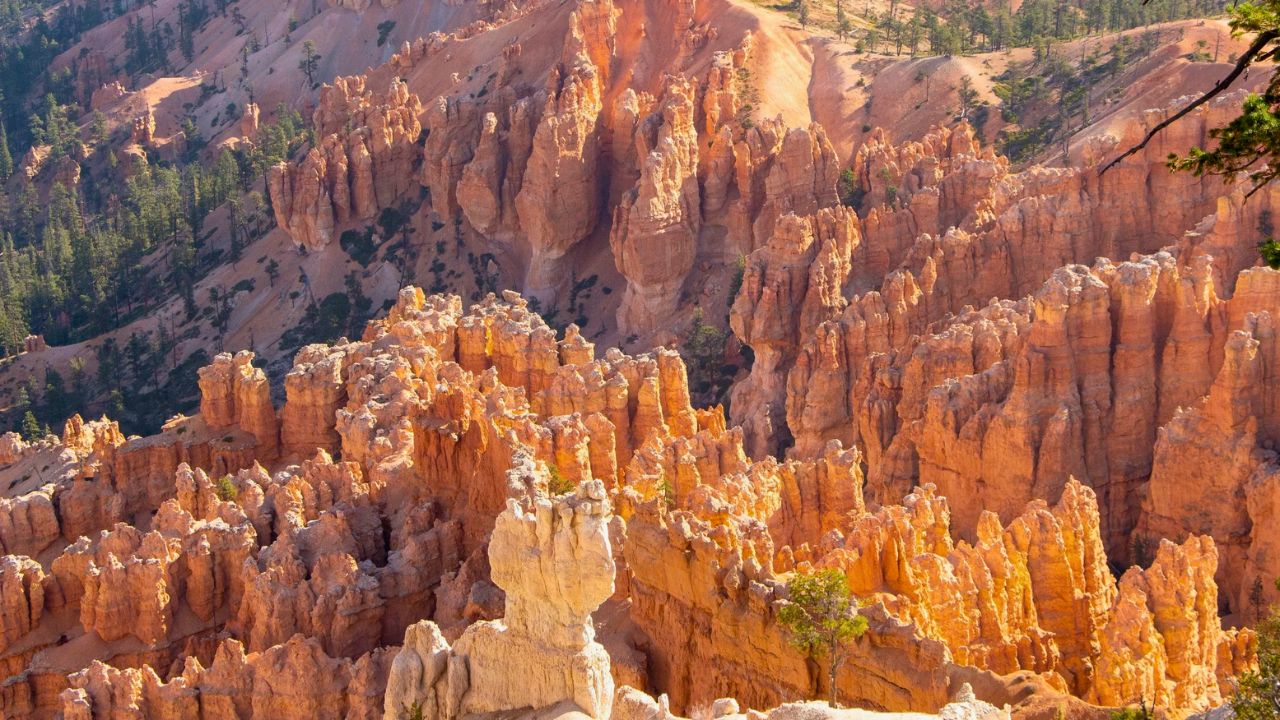
Leave a Reply